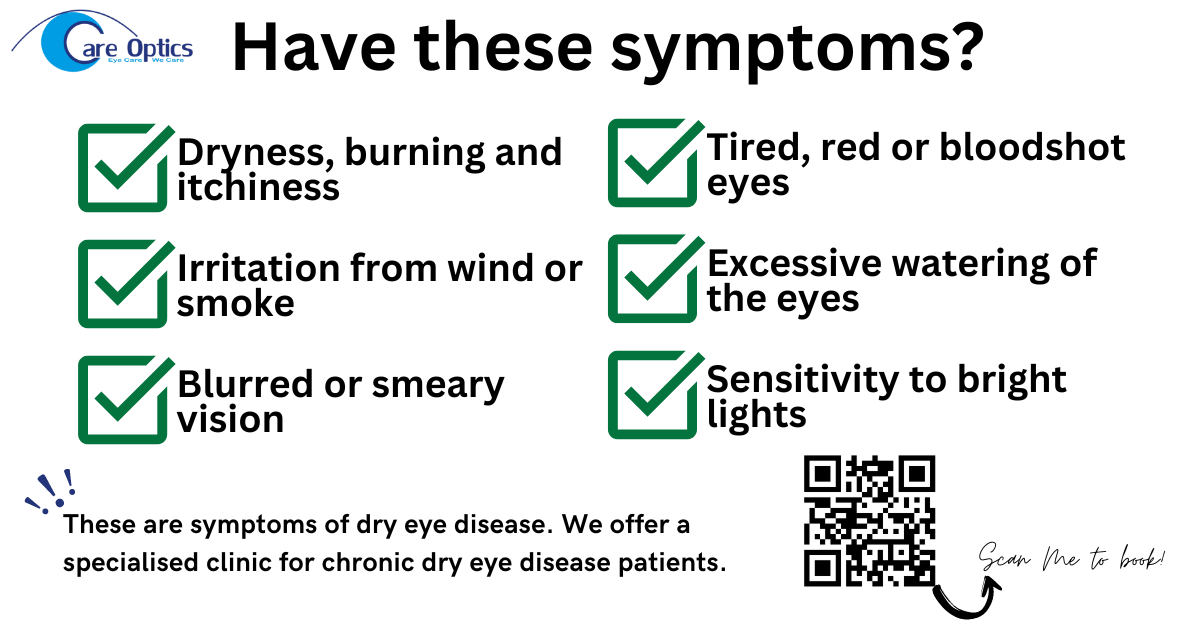World Day of Encephalitis
- By Monica Coelho
- •
- 10 Jan, 2023
- •

Bringing some awareness about a disguised disease
What is Encephalitis?
Encephalitis is a serious condition in which the brain tissue becomes inflamed (swollen) and it can affect any one at any age. This inflammation can be caused either by an infection that invades the brain (infectious encephalitis) or through an autoimmune attack to the brain by mistake (post-infectious or autoimmune encephalitis). There are up to 6,000 cases in the UK each year and potentially hundreds of thousands worldwide.
Encephalitis can be cause by pretty much every virus but not everyone will develop it. A strong immune system plays an important part in this, and so does vaccination.
How can this condition affect my vision?
Unfortunately the symptoms vary from one individual to another, but some of the ones that affect your vision are:
- Sensitivity to bright lights;
- Blurred vision;
- Double vision;
- Uncontrollable eye movements, such as side-to-side eye movement.
Because this condition affects the brain tissue and its cells it is very difficult to predict the outcome but usually the symptoms can slowly be reversed once the brain heals.

Causes
As written above, UV exposure seems to be one of the main reasons for Pterygium development, but wind and dust can also cause it as this leads to Dry Eye Disease, which by consequence will lead to this condition. Genetics may also play an important part, as some people seem to be more at risk than others.
Signs & Symptoms
Pterygium usually appears on the side of your eye that is closest to the nose, but it can also appear on the other sometimes. It is common to have it in one eye only, although sometimes it may appear on both eyes.
There are people who don't experience any symptoms or require treatment in the beginning, but as the growth develops, there can be redness, gritty, itchy or burning sensation, the eyes can become irritated and even swollen.
When the Pterygium starts to invade the cornea, it distorts the shape of the front of the eye, causing the curve of the cornea to change, leading then to refractive errors (Astigmatism in most cases).
Treatment
The treatment depends on the size of the Pterygium itself. If it's just a small growth, your Optometrist/Ophthalmologist can advise the patient on lubricants (eye drops or gels) to temporary reduce symptoms like redness, swelling, itchy or gritty felling.
If the Pterygium is more advanced, the only option is then surgery.
How to avoid it
As previously said, UV radiation and exposure seems to be one of the main reason leading to Pterygium. For that you have the perfect solution that is available for everyone - sunglasses . A good pair of sunglasses will filter the UV rays, giving you a sharper vision but also protecting you from conditions like Pterygium, Cataracts, Glaucoma, etc. Make sure to buy your sunglasses from a Optician instead of a shop non-related to eye care. A good pair of sunglasses should have UVA, UVB and UVC protection, and usually those shops will only have one of those protections - or even none.
We remind you that if you have any of these symptoms or any other, if you need to book an appointment or if you have any queries, please contact us over phone or email. We will be very happy to help you.
Keep in mind: At Care Optics - Eye Care, We Care









